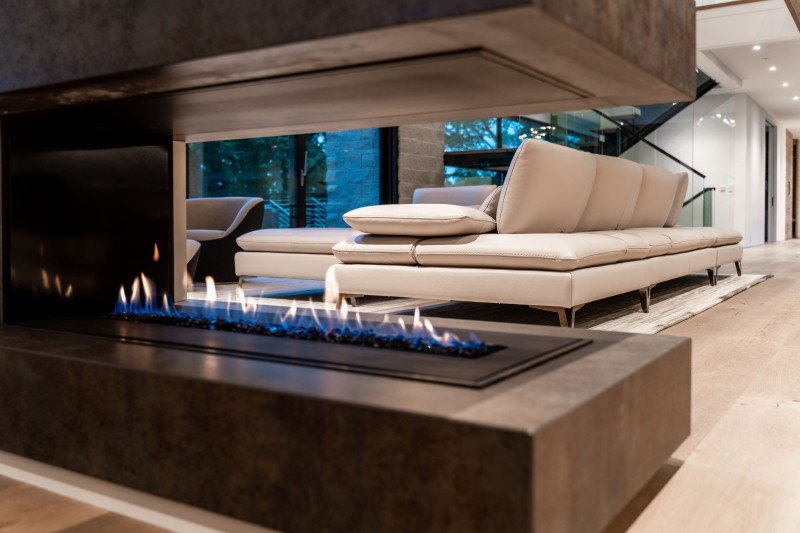Why Adding A Fireplaces And Stoves To Your Life's Activities Will Make All The Difference
The Comprehensive Guide to Fireplaces and Stoves
Fireplaces and stoves have actually been important to human civilization for centuries, serving as a source of heat, light, and comfort. Best Fireplaces Online are available in numerous types and have actually progressed for many years, dealing with diverse preferences and technological developments. Fireplace Near Me provides a useful overview of fireplaces and stoves, highlighting their types, benefits, maintenance ideas, and setup considerations.
Kinds of Fireplaces
The world of fireplaces is abundant and differed. Here are the most common types:
Wood-Burning Fireplaces:
- Traditional and charming.
- Requires experienced wood and routine upkeep.
- Produces an enjoyable scent and crackling noise.
Gas Fireplaces:
- Offer benefit and ease of usage.
- Readily available in vented and vent-free alternatives.
- More efficient and cleaner than wood-burning alternatives.
Electric Fireplaces:
- Provide ambiance without the requirement for a chimney.
- Easy to use with push-button control alternatives.
- Can be utilized as an extra heat source.
Pellet Stoves:
- Use compressed wood pellets as fuel.
- Highly efficient and ecologically friendly.
- Often equipped with thermostats for temperature level control.
Ethanol Fireplaces:
- Utilize bioethanol fuel, making them portable.
- Do not require venting, which permits flexible placement.
- Produce a practical flame with minimal smoke.
Outdoor Fireplaces:
- Designed for outdoor settings; can be wood or gas-burning.
- Great for entertaining and enhancing yard looks.
- Typically built from stone, brick, or metal.
Benefits of Fireplaces and Stoves
Incorporating a fireplace or stove into a home provides various advantages:
- Aesthetic Appeal: Fireplaces work as striking centerpieces in any room, including heat and character to home design.
- Increased Property Value: Homes with functional fireplaces tend to have greater resale values.
- Energy Efficiency: Modern fireplaces and stoves are designed to be more energy-efficient, which can result in lowered heating costs.
- Backup Heating Source: In case of power blackouts, wood-burning and gas fireplaces can serve as necessary heating sources.
- Versatile Heating Solutions: Different types of fireplaces accommodate different heating requirements and way of lives, from comfortable ambiance to efficient heating.
Kind of Fireplace/Stove
Fuel Source
Efficiency Rating
Upkeep Level
Wood-Burning
Wood
Moderate
High
Gas
Natural gas/LP
High
Low
Electric
Electrical energy
High
Extremely Low
Pellet
Wood pellets
High
Moderate
Ethanol
Bioethanol
Moderate
Low
Outdoor
Wood or gas
Moderate
Varies
Upkeep Tips
Proper maintenance extends the life of fireplaces and stoves, making sure safety and efficiency. Here are some necessary ideas:
Regular Cleaning:
- Wood-burning fireplaces need to be cleaned after a full season of use to get rid of soot and creosote.
- Gas fireplaces require regular evaluation of the burner and vents.
Regular Inspections:
- Have chimney sweeper perform annual assessments to determine blockages or structural damage.
- Inspect the seals and gaskets on gas systems to avoid leakages.
Fire Safety:
- Install smoke and carbon monoxide detectors in homes with fireplaces or stoves.
- Keep a fire extinguisher near the fireplace or stove for emergencies.
Usage Quality Fuel:
- For wood-burning units, constantly use experienced wood; prevent dealt with or painted wood.
- When utilizing pellets, ensure they are stored correctly to avoid wetness absorption.
Handle Airflow:
- Keep vents and ducts clear to promote efficient ventilation and air flow.
- Consider using glass doors or screens to decrease debris and ash in the living area.
Installation Considerations
Setting up a fireplace or range requires mindful consideration of several aspects:
Location:
- Choose an area that enables for proper clearance and ventilation.
- Consider the design of your home and the convenience of natural heat distribution.
Building Regulations and Permits:
- Check regional policies regarding setups and essential authorizations.
- Engage an expert to ensure compliance with security requirements.
Fuel Type:
- Evaluate your fuel alternatives based upon availability, expense, and ecological impact.
- If choosing for gas, ensure existing gas lines can accommodate the brand-new home appliance.
Ventilation:
- Proper venting is essential for security and performance, particularly for gas and wood-burning systems.
- Consult a professional to identify the best venting option.
Aesthetic Consideration:
- Select a design that matches your home's interior.
- Think about mantels, surround products, and colors that match your design.
Frequently asked questions
What is the very best kind of fireplace for heating?
Gas fireplaces are usually more efficient for heating, while wood-burning fireplaces offer more ambient heat.
How frequently should I clean my fireplace?
Wood-burning fireplaces ought to be cleaned a minimum of as soon as a year, while gas fireplaces require less frequent attention depending upon usage.
Can I install a fireplace myself?
While some house owners might attempt DIY installation, it is recommended to hire a professional to guarantee security and compliance with building regulations.
Are electric fireplaces efficient?
Yes, electric fireplaces are really efficient and can work as effective supplementary heating sources, specifically in smaller spaces.
What is the life expectancy of a fireplace?
The lifespan of a fireplace varies depending upon the product, type, and upkeep; nevertheless, a properly maintained wood-burning fireplace can last over 30 years.
Fireplaces and stoves stay ageless functions in homes, providing heat and ambiance. Comprehending the various types, benefits, and upkeep requirements can help homeowners make informed decisions about installation and care. With mindful preparation and routine upkeep, these home appliances can enhance both the convenience and value of a home for many years to come.
